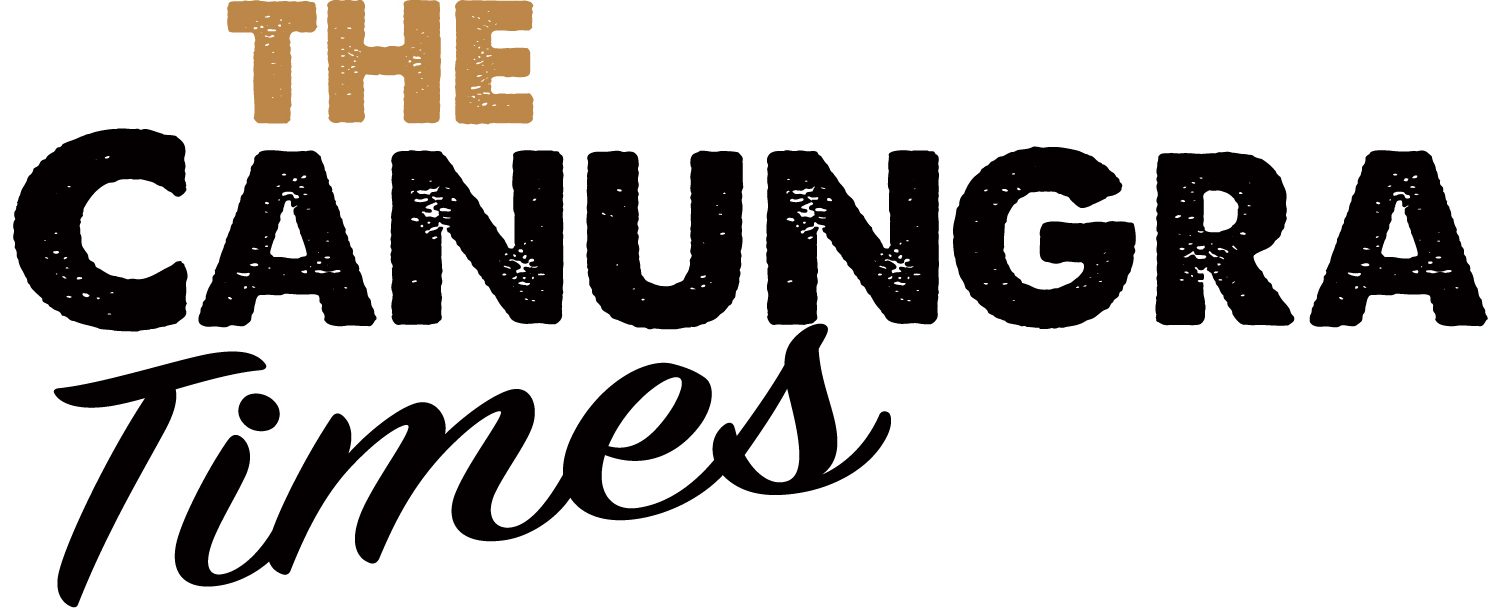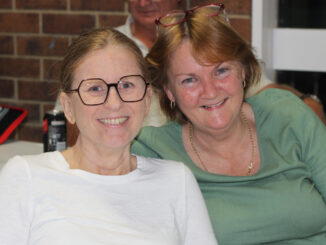
Text taken from the book Canungra Heritage 1879 – 1979 by M Curtis.
The 1914 – 1918 War ended abruptly in November 1918 and the news was telephoned to Canungra.
Such was the relief that people celebrated then and there. The (timber) mill hands stopped work and the whole head of steam was blown off by tying down the whistles – startling the countryside for miles around.
Armistice Day was celebrated a couple of weeks later, 30 November 1918 when the whole district gathered for a Procession and Sports Day.
The “Worst Turnout” was won by Mick Corcoran and Company.
When the soldiers returned they brought back the “Spanish” flu.
When this pneumonic flu struck Canungra in 1919 the school was taken over as a hospital.
Sister Dennis from Beaudesert was in charge, and Dr Cook and Josephine and Sybil Delpratt (Tamborine House) nursed others at Leighton House.
Two maternity cases died, Mrs Falkenhagen and Mrs Vin O’Brien, but one baby survived and still lives in Canungra (1979).
Matt Braiden (Ambulance Officer) visited many outlying properties to give what aid he could.
Now, 100 years later we are again struggling with a pandemic – COVID!
Now we have permanent roads for cars and ambulances to get us to well equipped hospitals that are run by skilled medical staff who have drugs and equipment to protect life when needed.
Do masks, lock downs, restriction of numbers and movement, even over a long period, that we have experienced really compare with the lack of communication, medical expertise and almost non existence of medicines that were the norm 100 years ago?




